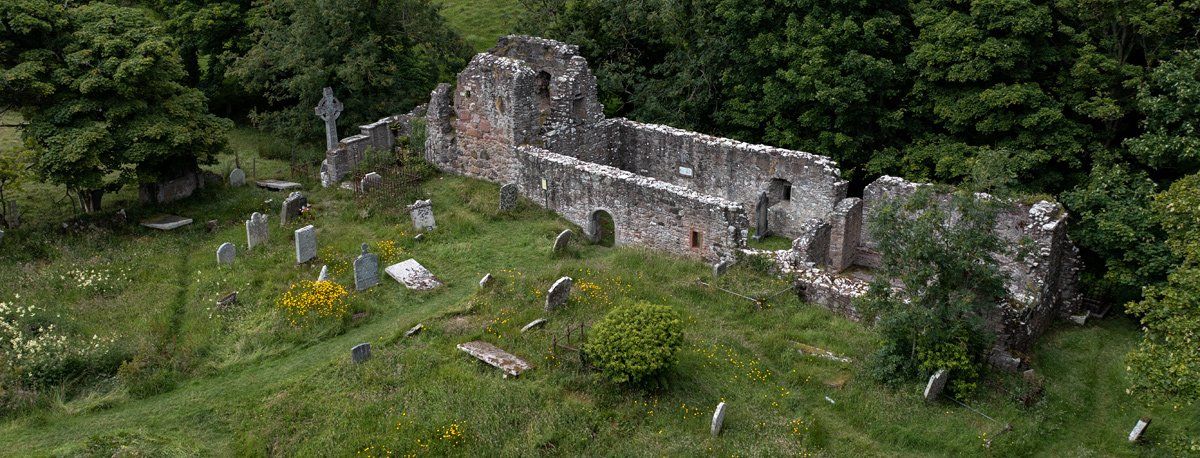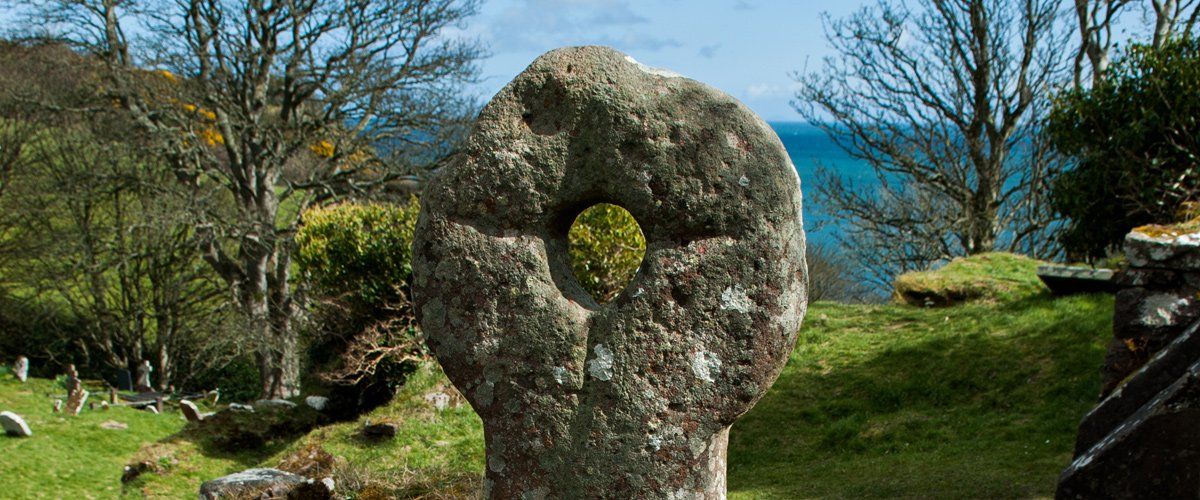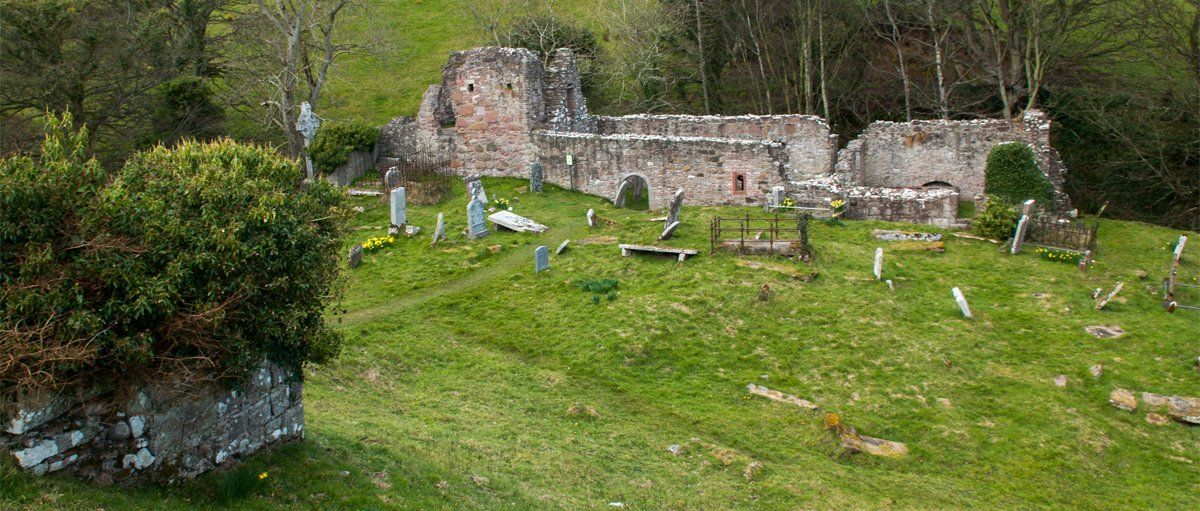Trip to the Layd Church ruin...

The patron saint was Kieran who was born in Connacht in 516 AD, he founded the monastery at Clonmacnoise in Galway which became one of the great spiritual centres in Ireland, he is also one of the twelve apostles of Ireland. It is known that Clonmacnoise had close connections with Armoy, another centre of spiritual learning and Armoy would have had links to many of these early Christian sites. As you pass through the boundary entrance, look to the left and you will see the hole stone. This unique artefact like similar ones throughout Ireland still gets used today but less frequently than in previous generation. They existed long before Christianity arrived in Ireland but over time were absorbed into it but retained their individual mystique. People used them to make an oath, deal or pledge that could not be broken, their hands would be joined through the hole to seal their intentions. Common law marriages were performed in a similar way and some suggest the wedding ring symbolises this practise in Christianity.
In the far left corner you will see a large cross, this is the grave of Dr. James MacDonnell who became known as the father of medicine in Belfast, he co-founded the Belfast Dispensary and Fever Hospital, a free hospital for the poor. This later became the Royal Hospital in 1875, and finally the Royal Victoria Hospital.
What I like about the Layd is the seclusion, it has a unique feeling about it, sometimes I feel a slight sense of foreboding, like being on the alert for something, though I don’t know what. The ruin itself has a small room open and both ends which you can walk through above was the room which accomodated the priest. The site suffered several attacks in the past and was rebuilt twice, the ruin we see today was built in 1638 and replaced an earlier building. The site was last used in 1790.
An interesting site but be careful if its damp as you can easily go down on the uneven grassy slopes. There is a stream running behind the church which flows over a waterfall and down into Port Obe, the latter you can access from the cliff path, check the image below to get the lay of the land. If you do venture down, again, take care as it gets slippy and difficult in places, best done during a dry spell of weather. During the first World War German U-boats would have been frequently off the north coast looking for convoy ships heading for different ports after dispersing. It is known that a U-boat surfaced offshore here during the First World War and submariners came ashore to get fresh water from the stream at Port Obe. The German military knew our coast extremely well through research, spies and maps, this included knowledge of fresh water sources at discreet places along the coast.
How we know this to be true came through the son of a submariner who had come ashore, his father had told him about the time he came ashore north of Vinegar Point at Port Obe and that they had filled cans with fresh water for the U-Boat, he told his son that if he was ever in Ireland to visit Cushendall. Many decades later the son visited and went into a local store to ask directions to Port Obe, here he recounted the story to the shopkeeper. If it happened once, it probably happened at other times, all of which went unseen and unrecorded, as indeed this shore visit had done.
More information about the Cushendall area can be found here: Causeway Coastal Route





